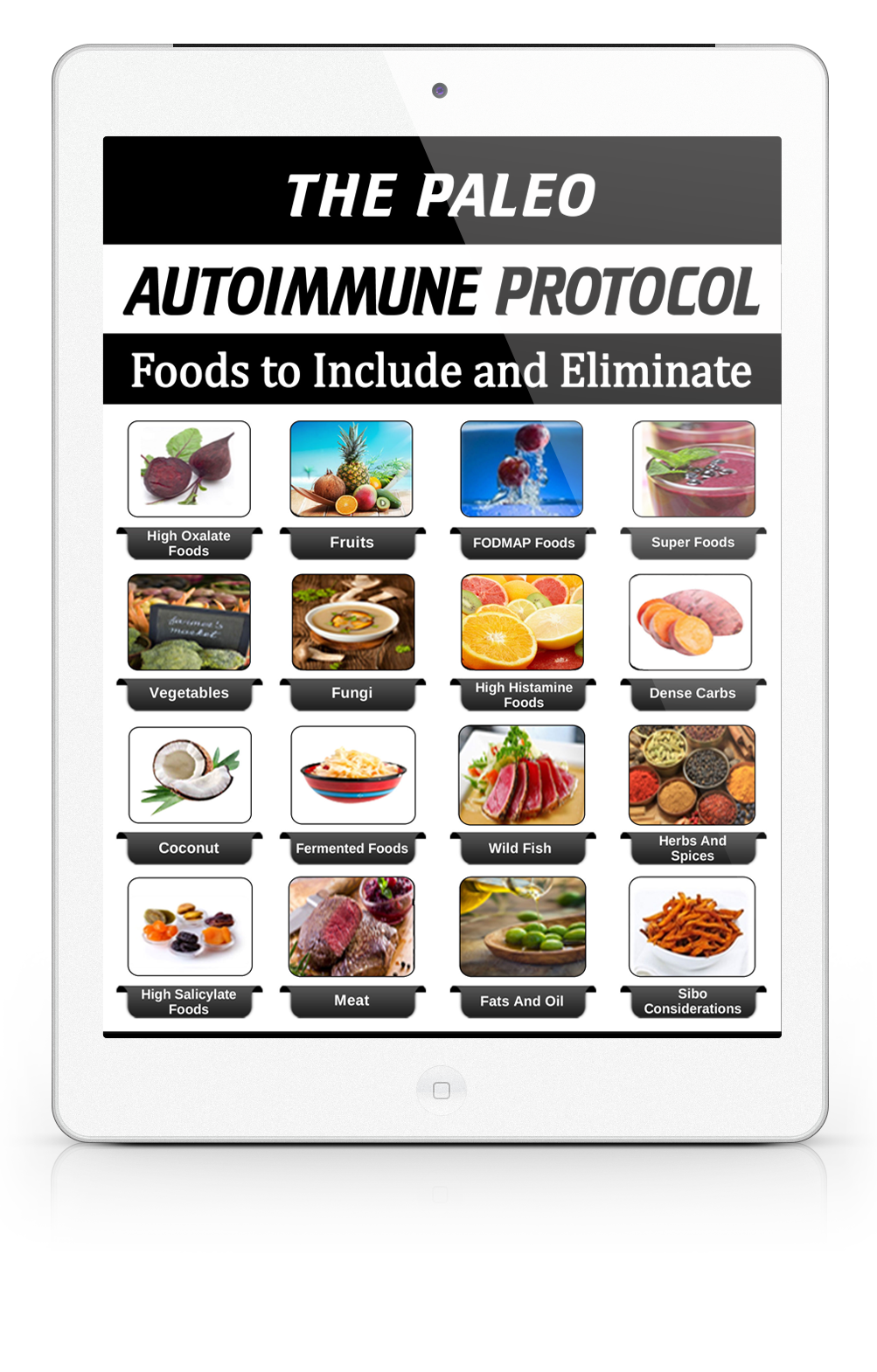The Paleo Autoimmune Protocol is fast becoming a stellar dietary template for many autoimmune conditions and should be considered as the go-to diet for ankylosing spondylitis. Autoimmune diseases are becoming more common; there are over 23.5 million Americans affected by some type of one. There are very few diets out there that are centered on helping specific medical conditions, such as ankylosing spondylitis. If you are not familiar with ankylosing spondylitis, it is probably because it is not the most common type of autoimmune disease.
Ankylosing spondylitis (AS) is an inflammatory, autoimmune disease, as well as a specific form of arthritis that can be painful by affecting the different joints in your spine by swelling and may cause the vertebrae in your spine to fuse eventually. It can also present with inflammation in the eyes called uveitis.
Luckily, for those with ankylosing spondylitis or other autoimmune diseases, there is a dietary template that has shown to be very useful in helping to ease some of the symptoms involved, it is based on the Paleolithic (or Paleo) diet. The benefits of this dietary template must be revealed to all those impacted by an autoimmune condition (not just AS) who could benefit from trying this protocol.
Many people have heard about getting off carbohydrates that may feed Klebsiella, a bacteria implicated in triggering AS due to molecular mimicry. In my opinion, going directly to the anti-inflammatory Paleo Autoimmune Protocol is an even better choice.
Why Paleo?
While the Paleo diet (also known as “the caveman diet”) is used by many people because of its many health benefits, it has also been found to be particularly helpful for people suffering from some autoimmune diseases. The Paleo diet consists of food that is better suited to our DNA than modern processed foods and emphasizes meat, fruit, vegetables, and fish.
Paleo, short for Paleolithic, is the term used to revere the diet of our pre-agricultural ancestors since it was free of all the grains, processed foods, and sugars that seem to be causing the chronic diseases we face today.
The Paleo Autoimmune Protocol
While the Paleo diet is of tremendous value in reversing many chronic ailments, a more tailored version called the Paleo Autoimmune Protocol is designed to rapidly reduce inflammation and heal intestinal permeability via specific dietary interventions. To calm down the immune/inflammatory response and allow the gut to recover fully, you will need to remove the significant offending foods: eggs, grains, alcohol, nightshades, nuts, seeds, legumes, and dairy.
The Paleo Autoimmune Protocol cuts off this response where it starts, on your fork and avoids these foods altogether. This will go a long way toward decreasing both the irritation to the gut lining and eliminating chronic low-grade food antibody responses. Based on the fact that these foods are the worst triggers of chronic autoimmune reactions, we can appreciate this stellar dietary template for autoimmune conditions.
Overall, the goal is to increase anti-inflammatory and probiotic foods to heal the integrity of the gut lining while simultaneously eliminating the foods that create a low-grade immune/inflammatory response, irritate the gut lining, and feed harmful bacteria (which lead to SIBO and dysbiosis). By eliminating the underlying mechanisms that drive inflammation and autoimmunity, you can modulate and bring balance to your overactive immune system.
After 30 days on this plan, you should notice significant health benefits. Some will need to continue strictly on this plan for 1 year or longer before any potential food triggers can be introduced. The Paleo Autoimmune Protocol is a winning dietary template to rapidly decrease inflammation and balance your immune system.
Spreading the word about The Paleo Autoimmune Protocol
So if you have not already tried the Paleo Autoimmune Protocol you should, and if you know of someone with an autoimmune disease encourage them to try it as well, you have only more health to gain.




